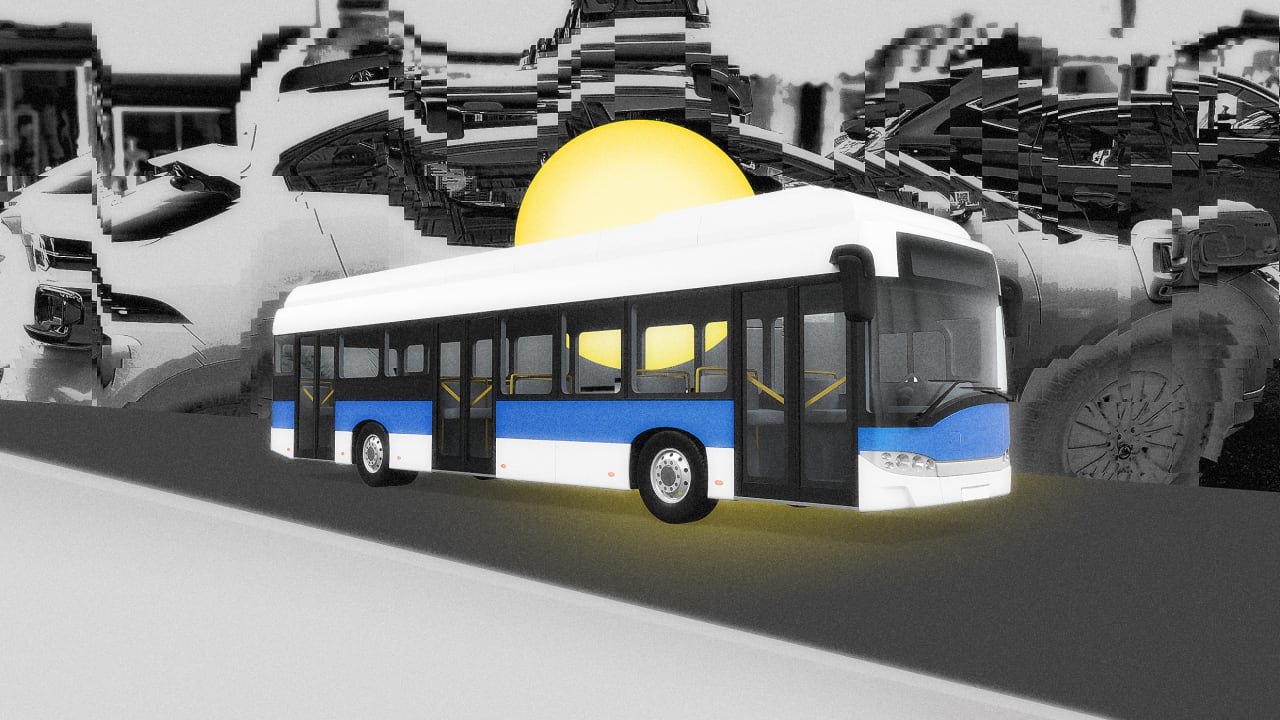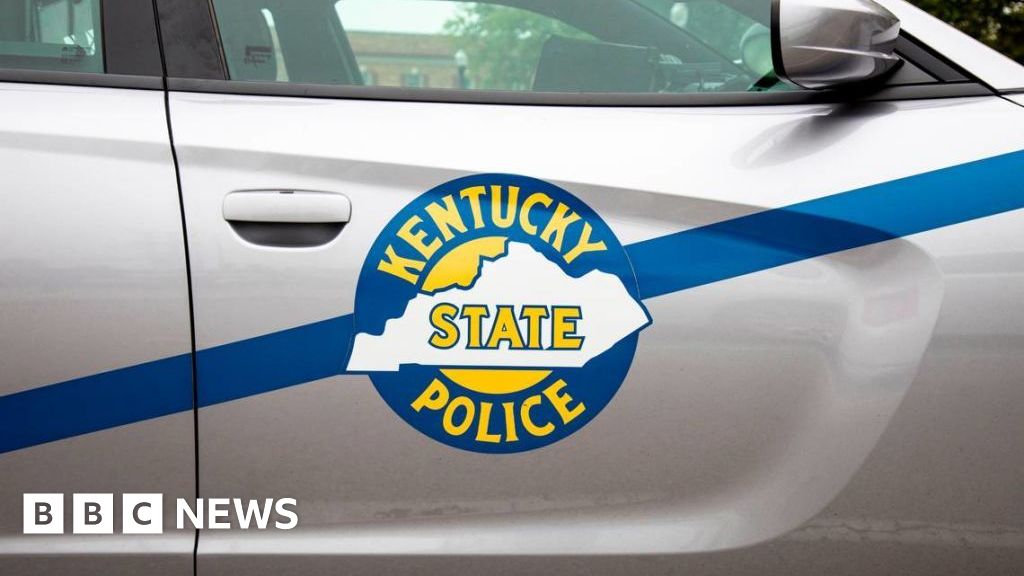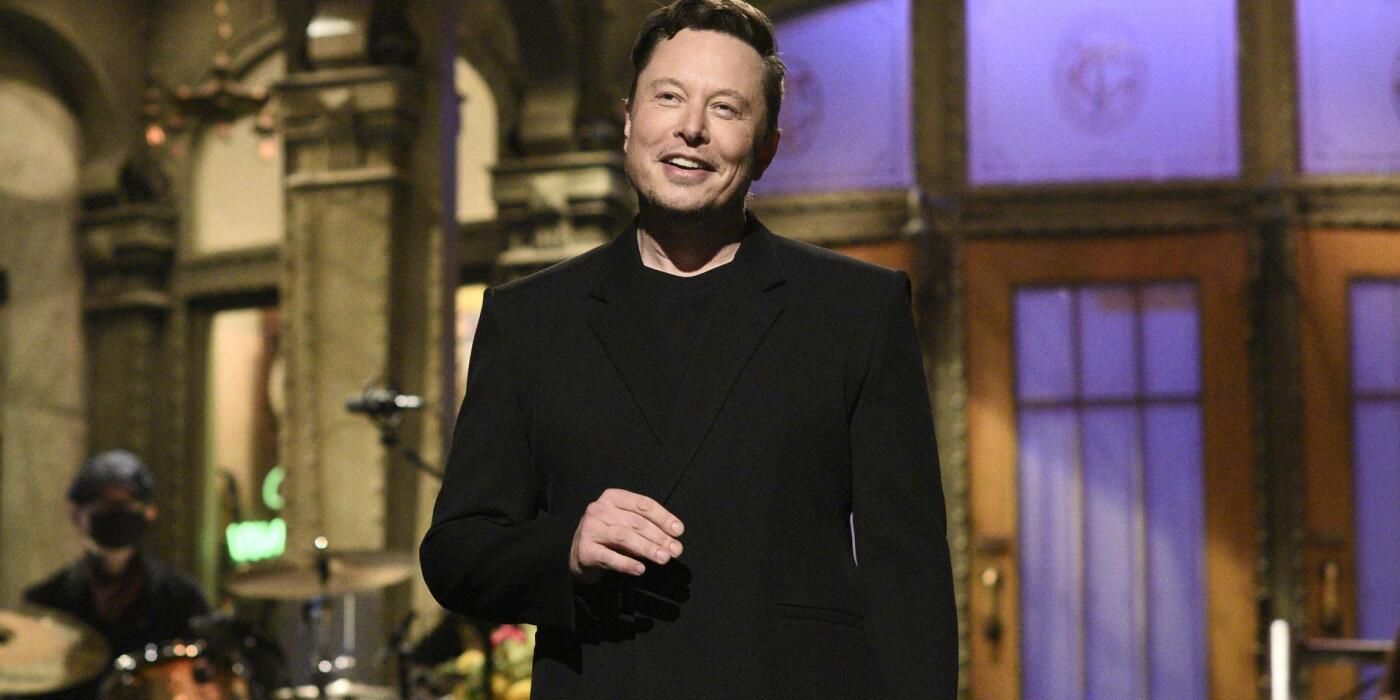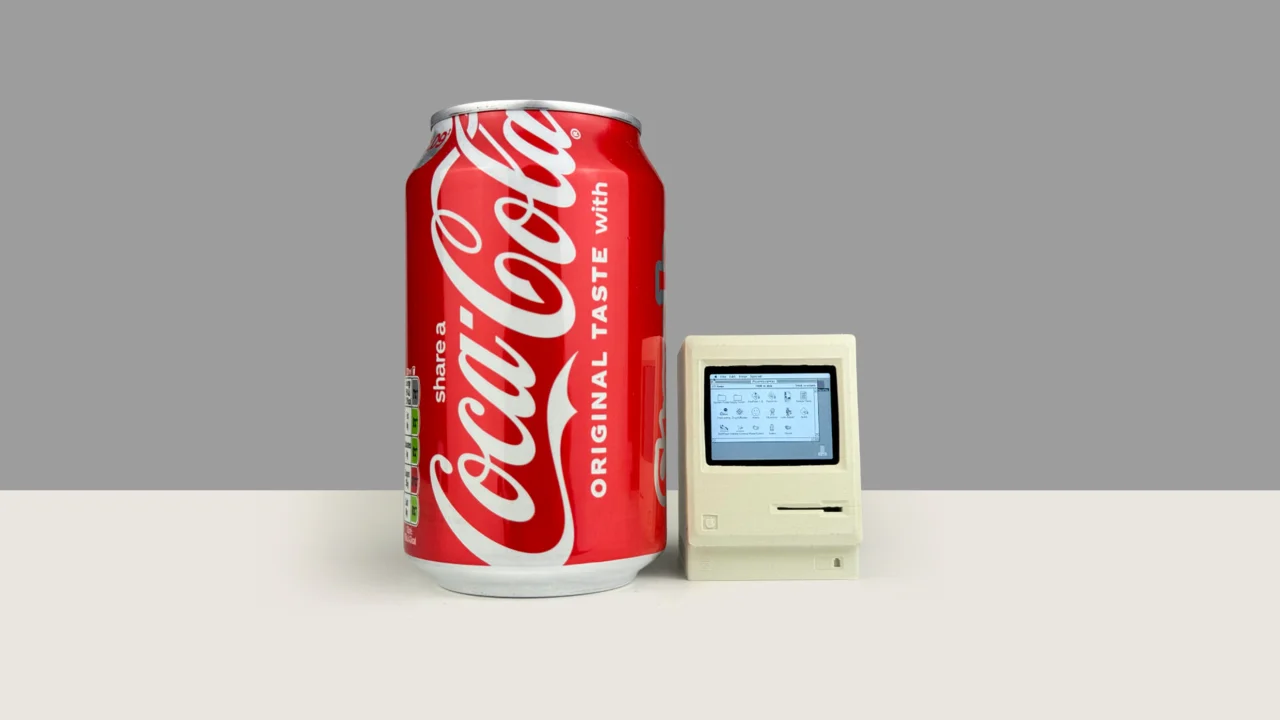The future of transit isn’t flashy, it’s functional

When it comes to the future of urban mobility, it’s not the sci-fi fantasies that will shape our cities. It’s functional solutions for the everyday. While tech visionaries promote high-speed concepts like ET3’s vacuum-sealed capsules, true transformation will come from transportation solutions that are accessible, reliable, and affordable—like modernizing existing transit infrastructure, digitizing bus routes, and reducing traffic congestion. Sexy, futuristic modes of transportation like autonomous vehicles may dominate the headlines, but what Americans really crave are reliable, inexpensive options to get them from point A to point B—not a self-driving car.
Public frustration around the future of transit is mounting. Waymos are crashing in Los Angeles, congestion pricing is contentious in New York City, and the U.S. lacks a reliable high-speed rail network. These realities make it clear that companies should rethink what the “city of the future” looks like and reprioritize achievable solutions to real needs.
New data from Censuswide, commissioned by Diffusion, offers a closer look at the evolving sentiment on mobility in America’s biggest cities—and the findings highlight a pressing need for better solutions. Alarmingly, fewer than 18% of Americans describe their city’s transit as “highly efficient” and nearly as many say it’s “struggling.” With American people driving around twice as much annually compared to their European counterparts, the overreliance on personal vehicles underscores the urgency for investments in reliable public transit that can reduce congestion, cut emissions and improve quality of life.
While exciting, the novelty of new mobility tech, like the 2,000 new food delivery bots roaming around Los Angeles, wears off quickly when residents can depend more on their takeout delivery than the bus they take to work. In fact, bus delays are collectively costing L.A. residents more than a cumulative decade on the average weekday. Despite the ability to ask ChatGPT nearly any question and get the answer in seconds, Americans are understandably frustrated that they can’t seem to get an accurate transit schedule.
Back to the basics
The top three priorities for Americans when it comes to urban mobility are affordability (50.8%), reliable public transit (47%), and accessibility (39.3%)— demonstrating a need for options that reduce traffic congestion, provide economical alternatives, and are available to all. Visionaries in the urban mobility space need to focus on these core components before setting their sights on mass adoption. Without demonstrating a positive potential impact on cost, convenience, reliability, and ease of use, companies innovating in the space will only continue to be met with skepticism and resistance.
Fears around AV
Sentiment around automated vehicles (AVs), for example, perfectly illustrates the increasing skepticism and resistance to adapt. Despite AVs being at the forefront of the future and modern urban transit conversation, the public isn’t on board, with over half (50.5%) of respondents disagreeing that AV’s are the “future.”
Furthermore, 74.5% of Americans said they don’t trust the safety of AVs and 66% said that the technology isn’t ready. Yet just this month, Waymo announced they are expanding to New York City. This move suggests that companies in the urban mobility space may be out of touch with what American commuters are ready to embrace. AVs still don’t feel normal or comfortable to most, so now is the time to build trust. Rolling them out at scale without addressing fundamental mobility concerns risks missing the mark entirely, since commuters need confidence in the safety and reliability of the technology before they’ll consider taking the risk themselves.
Beyond issues of trust and comfort, however, concerns extend to the broader economic impact of AVs. Nearly 60% said they’re concerned about AVs impact on jobs, a sentiment that isn’t surprising given growing fears about AI’s effects on the American workforce and the disappearance of certain roles. While businesses race to advance AV technology, assuming widespread excitement for futuristic transportation options, they often overlook how these developments will directly affect everyday people.
Job loss is not the only aspect of new technology that concerns Americans—privacy remains at the forefront of conversation, with over 60% of people reporting a concern for their digital safety. Many of these “futuristic” transport options require a certain amount of data about oneself, location, etc. which can be scary to the everyday commuter. Companies modernizing urban mobility should focus on transparency when it comes to data collection, to help ease user’s minds, and highlight the ways in which their technology will tangibly improve day-to-day lives. Otherwise, they’ll face resistance in the pursuit of mass acceptance.
The real ‘City of the Future’
Since what Americans truly want isn’t flying cars or futuristic cities, efforts should focus on enhancing existing infrastructure through smart technology instead of pursuing a complete overhaul. Innovations that fail to get someone to their destination quickly and affordably are far less “transformative” than companies believe.
The real future of urban mobility isn’t about who has the flashiest new system, it’s about who solves the real problems. “Progress” is about improving upon how people live, work and move within cities, not making headlines for futuristic features that don’t have real-world impact. Before we prioritize the “city of the future,” let’s strengthen our cities in the present.
What's Your Reaction?
 Like
0
Like
0
 Dislike
0
Dislike
0
 Love
0
Love
0
 Funny
0
Funny
0
 Angry
0
Angry
0
 Sad
0
Sad
0
 Wow
0
Wow
0






























































































